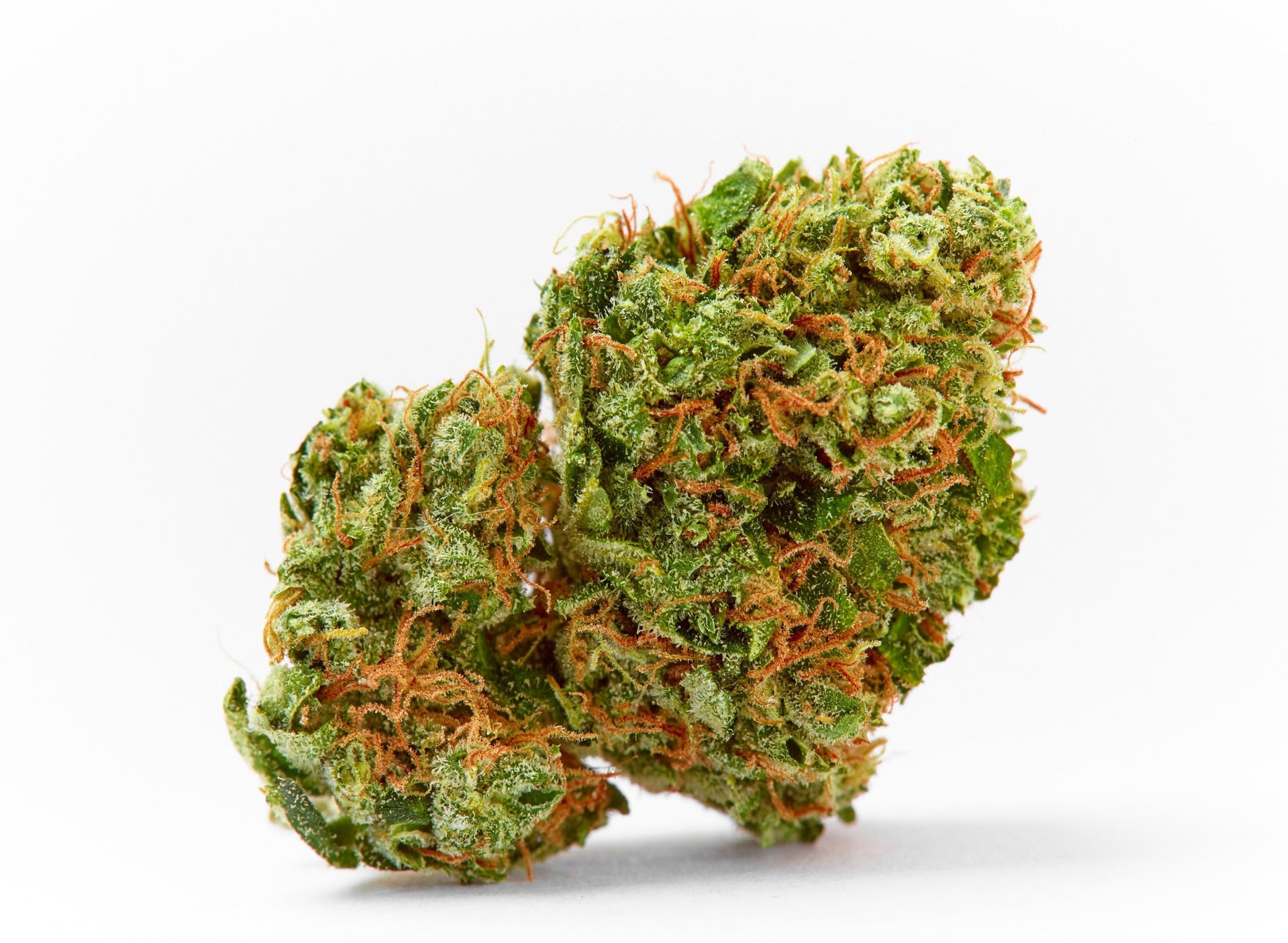Cultivating cannabis is not as straightforward as it may seem. There are numerous adversities that marijuana growers must identify and overcome when growing cannabis indoors using grow rooms or outdoors in a garden. One common issue that frustrates many weed growers is foxtailing weed.
Fortunately, unlike wind burns and cannabis light burns, foxtailing buds only serve as an indication that your plants are undergoing high levels of stress. Our guide explores everything you need to know about cannabis foxtailing and provides excellent weed growing tips to help you understand how to prevent and manage it.
What is Foxtailing?
Foxtailing refers to the condition in which cannabis flowers develop elongated, slender, and often spiky growth. As the name suggests, this growth resembles the bushy tail of a fox and occurs during the flowering cannabis plant’s growth stage.
Unlike usual cannabis flowers, which are dense, rounded, and tight, foxtailing buds appear slender and tall. Consequently, they are less dense and likely to offer inferior yields after harvesting cannabis. Nonetheless, some farmers like this attribute and purposefully purchase seeds that enhance the likelihood of experiencing it.
What Causes Foxtail Buds?
Foxtailing weed can be triggered by various factors, including genetic predisposition, environmental stress, and improper cultivation practices. The following are the primary elements that lead to the development of foxtail buds:
Genetics
Some cannabis strains are genetically prone to foxtailing. In these cases, the appearance of foxtails is considered normal and does not affect the plant’s overall health or quality.
Environmental stress
High temperatures, intense light, and low humidity levels can induce stress in cannabis plants, causing them to develop foxtails as a defense mechanism. Stressed plants may produce elongated buds with a spindly appearance.
Improper cultivation practices
Overfeeding, particularly with high levels of phosphorus, and the use of growth hormones can result in foxtailing. Additionally, excessive pruning or defoliation during the flowering stage can trigger the growth of foxtails.
How to Fix Foxtailing Cannabis Buds
Addressing foxtailing buds involves identifying the root cause and making the necessary adjustments to your cultivation practices. Here are some steps to help you fix foxtailing cannabis buds:
Check your plant’s genetics
If your plant is genetically predisposed to foxtailing, there may be no need to worry. In this case, you can let the plant grow naturally without attempting to fix the issue.
Monitor environmental conditions
Maintain optimal temperature, humidity, and light intensity levels in your grow space to minimize stress on your plants. Ensure that your grow room has proper air circulation to maintain a uniform temperature and avoid hot spots.
Adjust your feeding schedule
Be cautious when feeding your plants, as overfeeding can lead to foxtailing. Follow the recommended nutrient dosage and cannabis fertilization techniques for your specific strain and growing medium. Similarly, avoid excessive phosphorus during the flowering stage.
Avoid excessive pruning or defoliation
Refrain from heavy pruning or defoliation during the flowering stage, as this can trigger foxtailing. Allow your plants to focus their energy on producing dense, high-quality buds filled with vital cannabis’ trichomes.
Conclusion
Foxtailing weed is a fascinating aspect of cannabis cultivation. By understanding what causes foxtail buds and how to fix them, growers can make informed cultivating decisions to achieve the desired results in their cannabis plants. Remember to monitor your plants closely and make the necessary adjustments to their growing environment to ensure you reap healthy, high-quality buds.



















